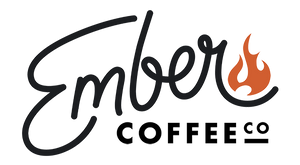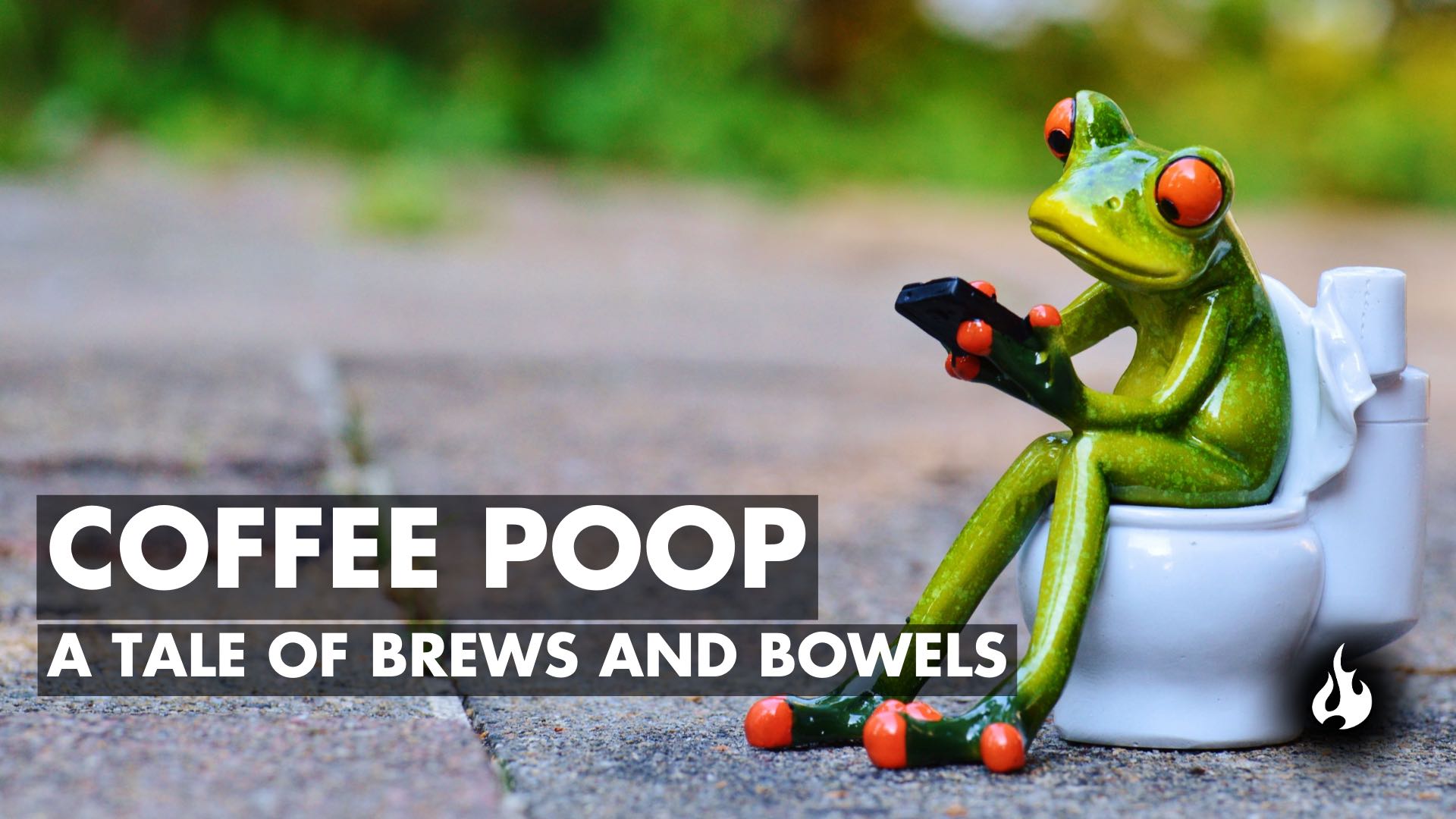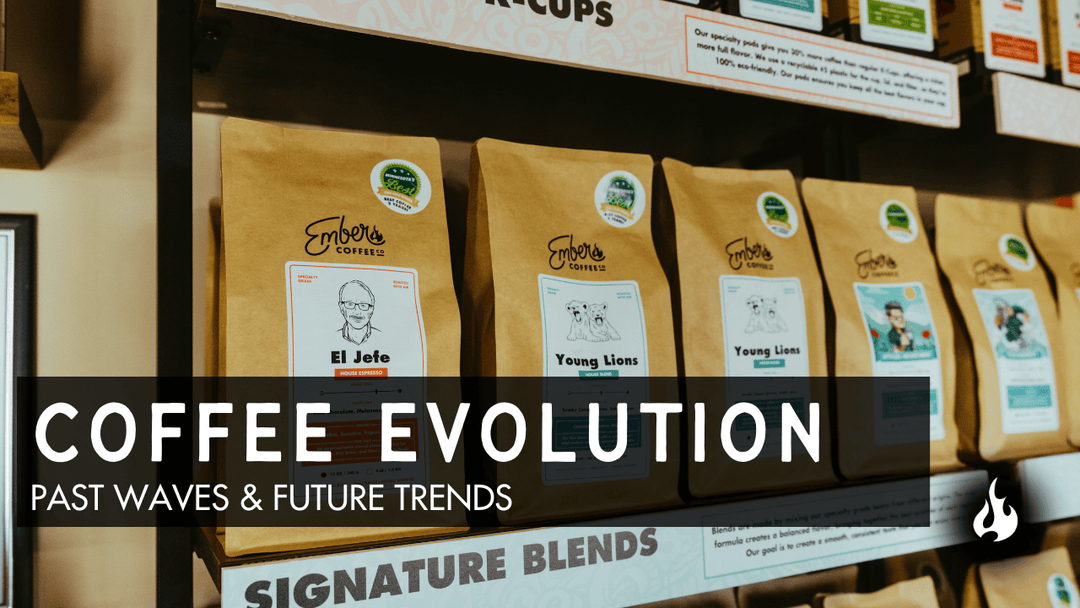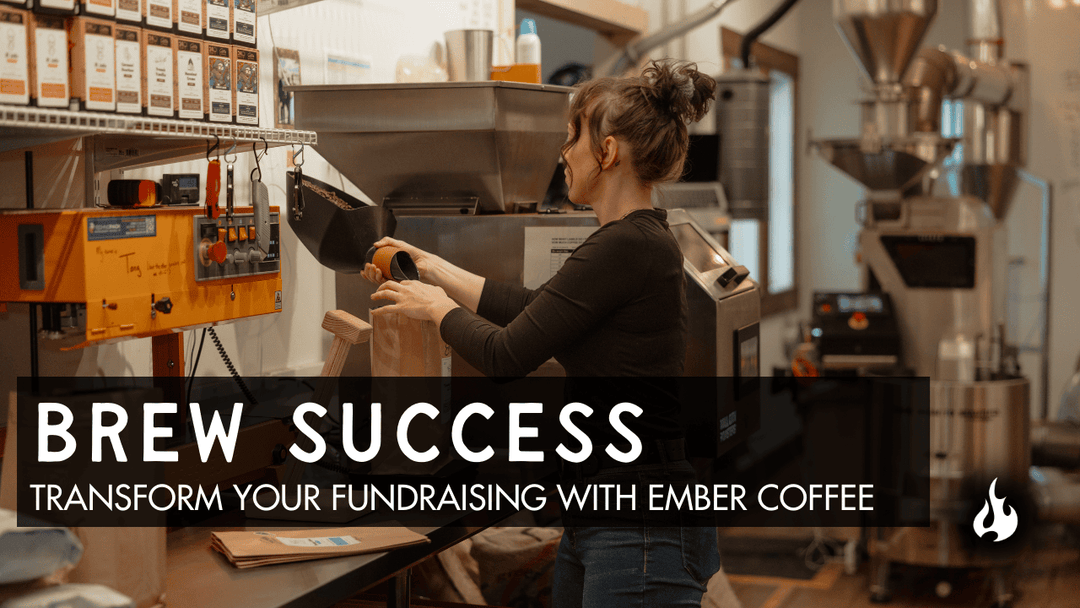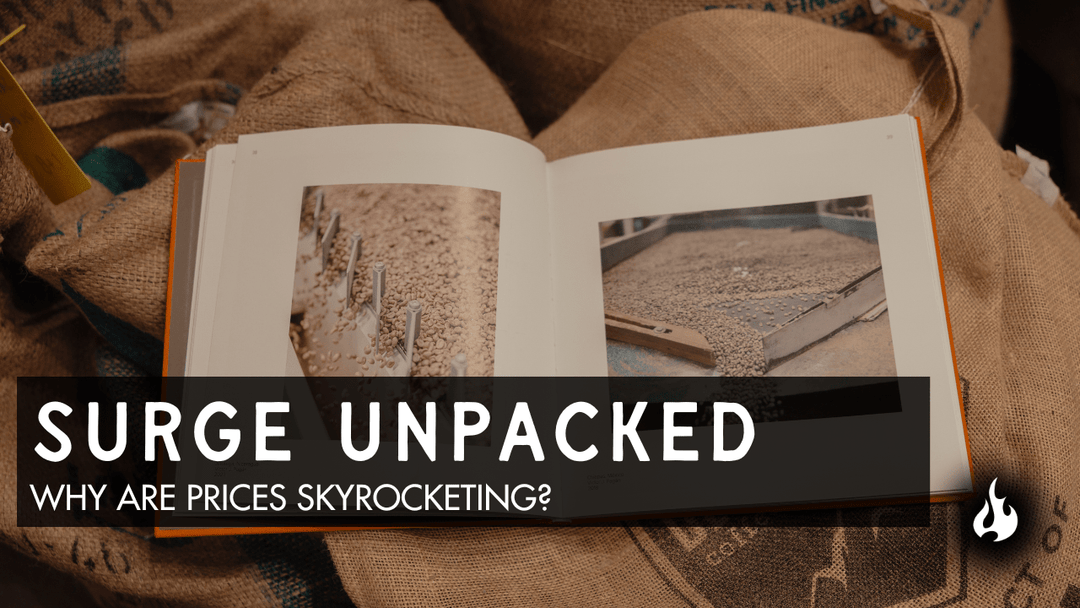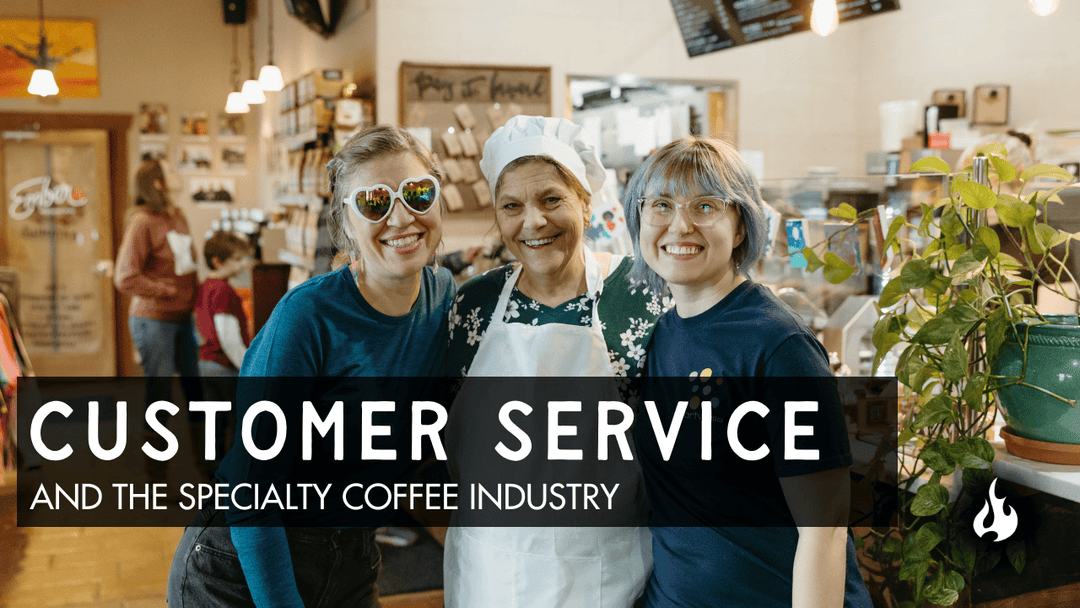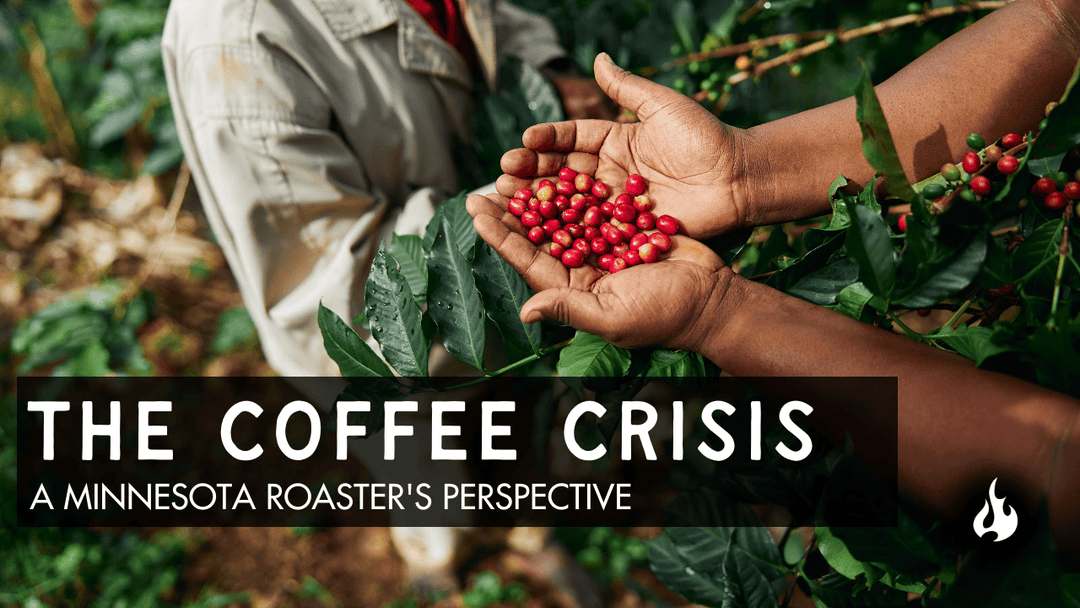Have you ever felt like you had to go to the bathroom right away after drinking your favorite coffee? Don't worry—this funny and informative piece explains why coffee makes people go to the bathroom.
You love coffee and want a smooth, balanced experience without any stomach pain. Whether you use a V60, an espresso machine, or a single-serve Keurig pod, we understand. Let's go on an adventure as we learn about the interesting world of coffee and how it affects our metabolism.
Get ready for an interesting, fun, and sometimes cheeky look at the connection between coffee and going to the bathroom. People, get your coffee mugs ready, because this ride is going to be fun!
Why does your coffee come with a morning sprint?
Alright folks, grab your brew and let's dive into science! Coffee, loved by many for its taste and energy-boosting effects, also has an interesting side effect—it makes us poop! This is not just anecdotal. A study published in the Journal of Gastroenterology found that 29% of subjects reported increased bowel movement within twenty minutes of coffee consumption. Talk about fast-acting!
Coffee causes this effect due to its unique composition. It contains tiny molecules called phytochemicals, caffeine being the most notable one, which have a stimulating effect on the colon. To get a bit more science-y, coffee increases the levels of the hormone gastrin in the body, which in turn stimulates activity in the colon. Plus, this beverage promotes the release of cholecystokinin, another hormone that aids digestion. Therefore, when you enjoy your cup of joe, it's not just waking up your brain, it's waking up your gut too!
Now, the million dollar question: Is it bad for you? Luckily, the answer is no. Coffee-induced poop isn't harmful. It’s simply your body's way of responding to a natural stimulant. In fact, some people see it as a benefit. Many people, according to a survey by the National Institute of Health, use coffee as a tool for maintaining regular bowel movements. So, the next time you grab your morning coffee, remember, it's not just your brain that's thanking you—it's your digestive system too!
Arabica or robusta?
Is there a difference in caffeine?
Yes, there really is a difference! Whether you choose Arabica or Robusta beans, the type of coffee you make may have a big effect on both how it tastes and how well it helps your digestion.
The Robusta bean, which is also called Coffea Canephora, has a long and interesting history. This type comes from sub-Saharan Africa and has been grown and eaten for a very long time. Robusta beans are known to be tough, robust, and much easier to grow because they don't get diseased or eaten by pests.
While Arabica is easy to like, Robusta takes a little while to get used to. The coffee in it is almost twice as strong, which wakes up both your brain and your digestive system. Robusta tastes darker, stronger, and a lot more bitter because it has a lot of caffeine in it. Is that not good? Not in the least! With its strong taste, the Robusta bean wakes you up in the morning, just like your coffee!
Let's go back in time now. Think back to the late 1800s. Robusta beans were grown in large amounts because Arabica beans were in short supply. Some brands, like Folgers and Maxwell House, saw a chance. They found that using Robusta beans would allow them to make a cheaper, stronger, and more caffeinated coffee. In this way, they changed the way we drink coffee and made it available to everyone.
That being said, Arabica beans, also known as Coffea Arabica, are often thought of as the best coffee beans. People who like their coffee smoother and less bitter love these beans because they have a more delicate and complicated flavor profile and less caffeine.
And the next time you drink coffee, think about the beans that went into it. It's not just about taste when you decide between an Arabica and a Robusta. It's also about history, farming, and the interesting science behind what moves us.
The science: coffee or laxative?
Now for the important question: Can your favorite coffee be used instead of a laxative? A lot of people have talked about this, and we're finally going to tell you!
Before you start, it's important to keep in mind that coffee does stimulate your bowels, but not in the same way that a cleanser does. Laxatives mostly work in one of three ways: they either make your stools bulkier, they make them easier to move, or they make your innards move faster. However, coffee raises the production of gastrin, which in turn speeds up colonic action. Even though it can "get things going," it won't work as well as a regular cleanser.
Putting that aside, using coffee as a natural way to help you go to the bathroom has some benefits. It doesn't have the side effects that can happen when you use laxatives a lot, like becoming dehydrated or having your pH levels change. Plus, it's a lot more fun than the other way to keep your gut system healthy.
But what about just drinking coffee? Does it make you feel good? Yes, coffee lovers can rejoice! Not only does coffee help you get your morning, um, "moving," but it also has many other health perks that have been proven to work.
Years of study show that people who drink coffee are less likely to get a number of serious illnesses. The Harvard School of Public Health says that people who drink coffee are less likely to die young, get heart disease, or get some types of cancer. It also lowers the chance of getting Parkinson's disease and type 2 diabetes.
But, as with everything else, balance is key. Even though it's clear that coffee is good for you, drinking too much of it can cause a lot of problems, like jitteriness, sickness, headaches, and trouble sleeping. I'd like to use wise words from my grandmother: "Too much of anything is bad." The same is true for coffee.
Keep in mind that coffee affects each person's body in different ways, so the "right" amount can be very different for each person. Pay attention to your body. If coffee makes you feel good and helps you do things well, then you're probably on the right track.
So, does coffee make you more powerful than a laxative? No. Can it help things move? Of course. Does it make you feel good? In small amounts, yes! Folks, that's the end of the review of the drink that gets you through the day. Now, go make some coffee and enjoy it!
Daily intake
How much is too much?
We've talked about coffee, your gut, and its amazing benefits. Now let's talk about the most important question: "How much coffee is too much?" It's time to solve the puzzle and bring this important problem to light.
Up to 400 milligrams of caffeine per day is what the U.S. Food and Drug Administration (FDA) says is a good amount. That is about the same amount as four 8-ounce coffee cups. But keep in mind that the amount of caffeine can change based on the bean type, how it's roasted, and how it's made.
The European Food Safety Authority (EFSA) agrees and says that people shouldn't take in more than 200 mg at a time. This is about 2.7 mg per pound of body weight, which is about 12 ounces of coffee for a 150-pound person.
Still, everyone is different, and just like how people like their coffee, our bodies react to caffeine in different ways. After having a tea in the middle of the day, some people may be able to sleep like a baby, while others may be up all night tossing and turning. How sensitive we are to caffeine depends on our genes, our age, our body mass, and our general health.
Remember that more isn't always better, especially when it comes to coffee. Too much coffee can make us feel antsy, anxious, have an upset stomach, have a fast heartbeat, and even tremor our muscles, even if it helps us wake up or go to the bathroom. We love coffee and don't let it ruin our day.
To sum up, people, less is more. Whether you drink occasionally, a lot during certain times of the year, or all the time, it's important to keep track of how much you're drinking and drink sensibly. In the end, the fun of coffee is in enjoying every moment, smell, and taste.
Let's raise our mugs to a balanced coffee experience that makes our bodies and taste buds happy. Cheers to the drink that keeps us going, brings us together, and makes our lives a little more fun. Coffee lovers, have a drink!
